1. If you can't escape, position yourself in the corners of the room, facing the nuclear blast!
 Image source: Reddit
Image source: Reddit
Quickly find a corner in a room, away from doors and windows where the wind could be stronger and wind velocity is much higher. Act fast – there's only a short time between the explosion and the blast wave hitting. Get to a secure spot ASAP. That corner could be crucial for extra protection against the impending blast.
2. Escape to an abandoned mine
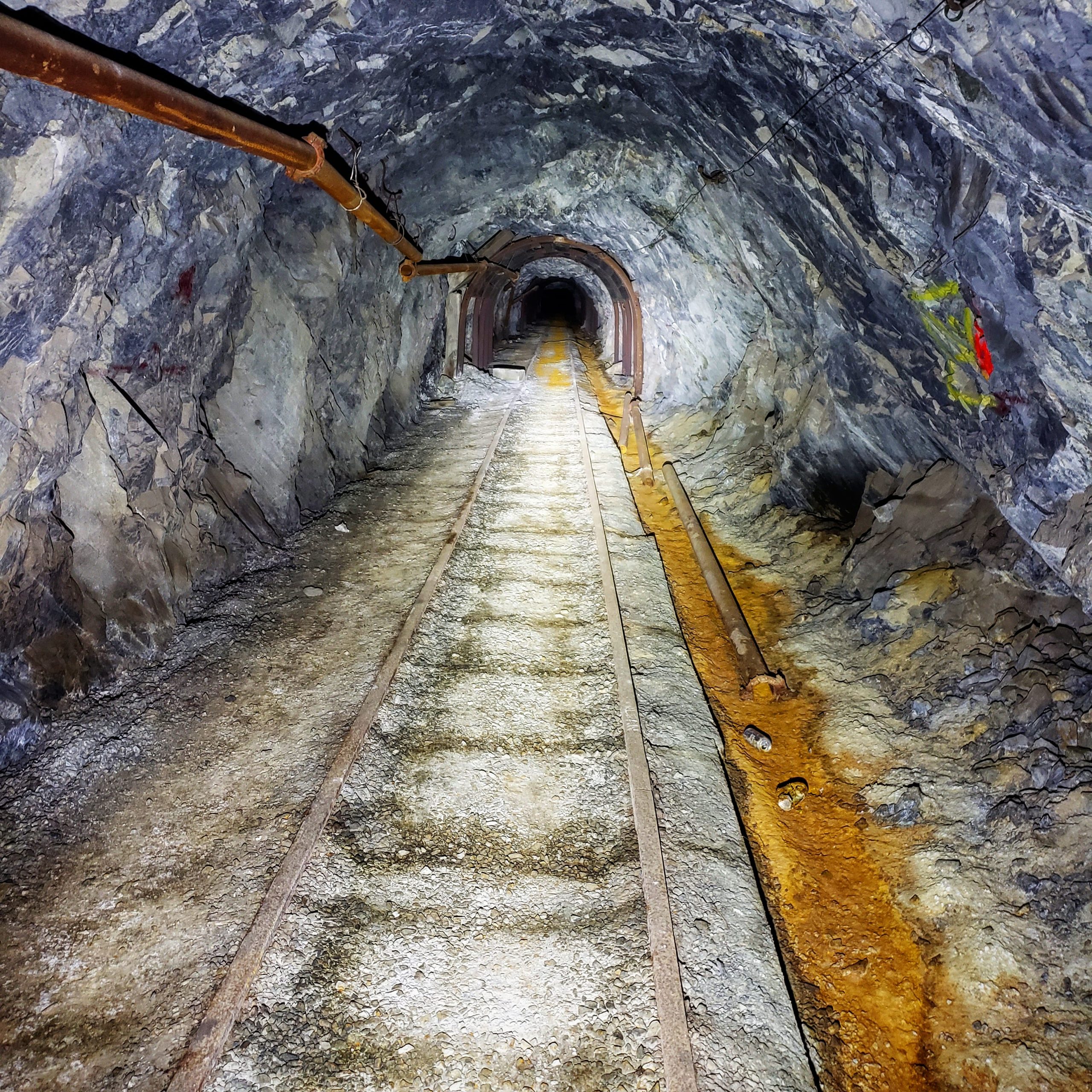
Image source: Reddit
If you know where you can locate one, then head to an abandoned mine – it's a wise choice for protection during a nuclear blast. The thick rock walls act like a shield, reducing the risk of injury from debris and fallout from the blast. The underground setting adds extra safety by putting more distance between you and the potential dangers above.
3. Old war bunkers
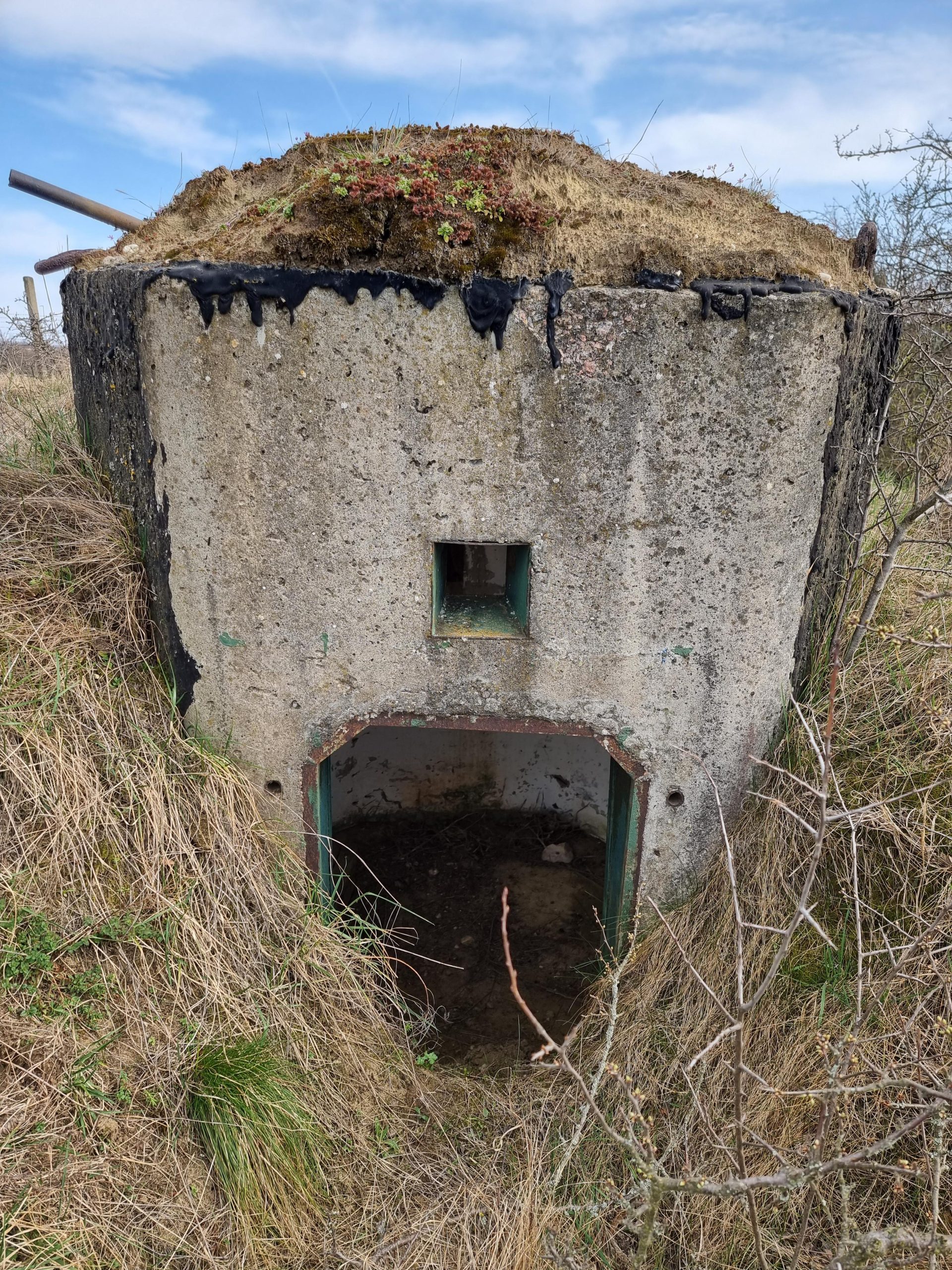
Image source: Reddit
These structures were specifically designed to withstand the impact of explosions, providing robust shielding against fallout and blast effects. So, this is one of the best places to escape to! The reinforced construction and underground nature of war bunkers make them reliable shelters.
4. Being in the middle of any room is unsafe
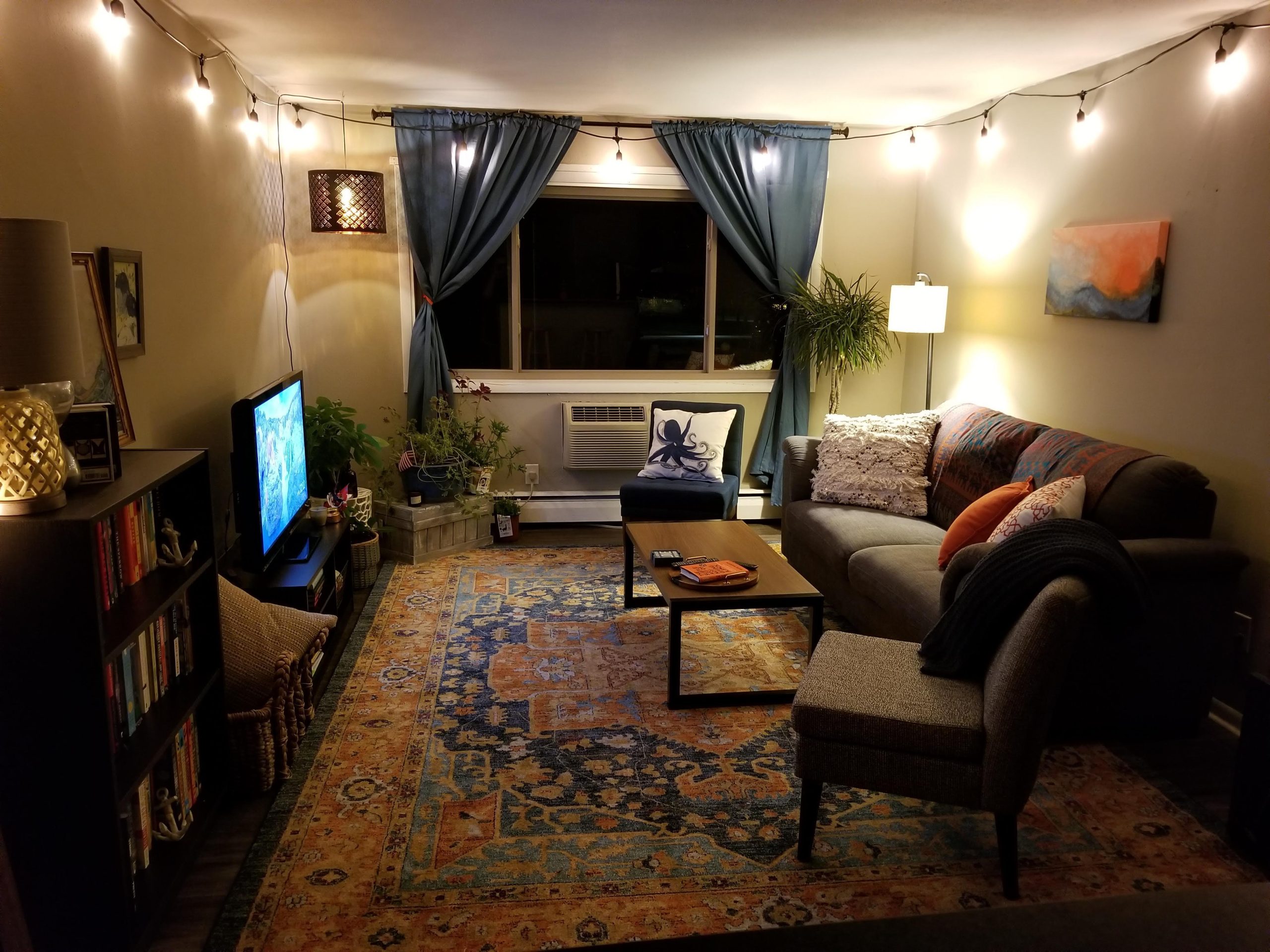
Image source: Reddit
The periphery of a room, especially away from windows and doors, offers more potential protection against the blast and flying debris. Being in the center could knock you down. So, move away from the center and towards a more sheltered location to minimize the impact of the explosion and increase your chances of safety.
5. Get inside a concrete building

Image source: Reddit
Strong, reinforced concrete buildings are your friends when it comes to escaping from a nuclear blast. Look for structures with thick walls and sturdy construction. These materials can also act as a shield against radiation, reducing its penetration in the aftermath of the blast. The more layers of concrete between you and the outside world, the better.
6. Places crowded with buildings aren't safe places to stay

Image source: Reddit
When the blast comes, buildings are going to fall and if you're anywhere in the vicinity it could crush you. Buildings are closely packed, meaning destruction can be deadly. And, crowded urban areas often have a higher concentration of flammable materials.
7. Go to a warehouse storage facility
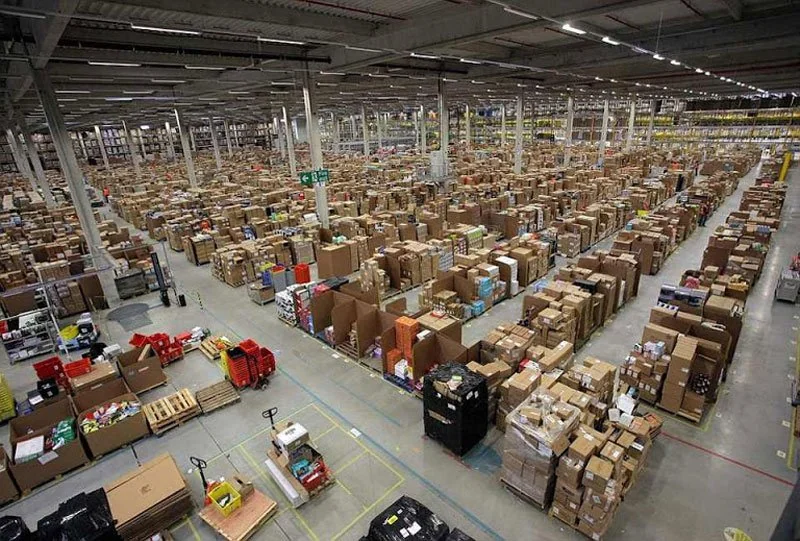
Image source: Reddit
With its vast, open interiors and solid construction materials like concrete and steel, warehouses offer a relatively protective environment. The separation between storage units acts as a buffer, reducing the risk of structural damage. Limited windows and fewer combustible materials are also an important consideration!
8. Deserted military installations

Image source: Reddit
If you happen to know the location of a deserted military installation, it could be a game-changer for your safety during a nuclear blast. These sites are designed with robust structures, built to endure various threats. The deserted atmosphere adds an element of seclusion, reducing the chances of encountering other survivors in the chaotic aftermath.
9. Deep caves

Image source: Reddit
Deep caves, with their rugged beauty and time-worn walls, offer a unique refuge. The cool, echoing chambers provide a natural escape from the chaos outside. While not crafted for such emergencies, the solid rock formations and hidden recesses within these caves offer an unusual, protective safety.
10. Nuclear fallout shelters
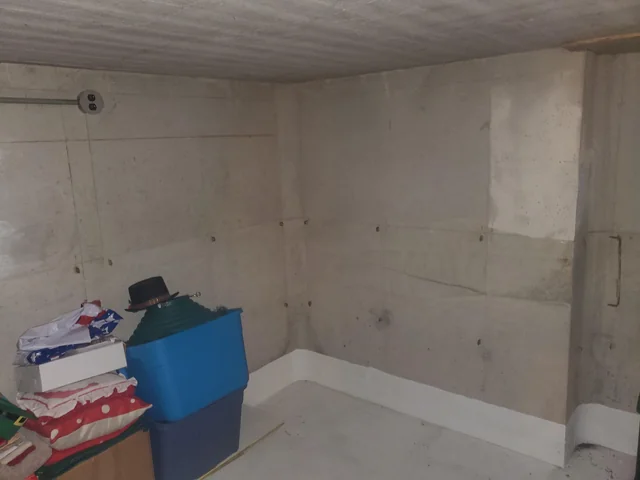
Image source: Reddit
Nuclear fallout shelters are purpose-built exactly for instances like these. These shelters prioritize your safety, they're made with durable materials to withstand the impact. Designed to shield against radiation, they offer refuge from the aftermath too. And, with ventilation systems to filter out harmful particles, these shelters minimize exposure.
11. The local fire station

Image source: Reddit
One of the best reasons to escape here is due to their strategic locations within communities, to offer quick access. They may provide you with a centralized, secure environment. With sturdy materials and minimal windows, they minimize immediate risks in the aftermath of a nuclear event.
12. Underwater Research Habitats
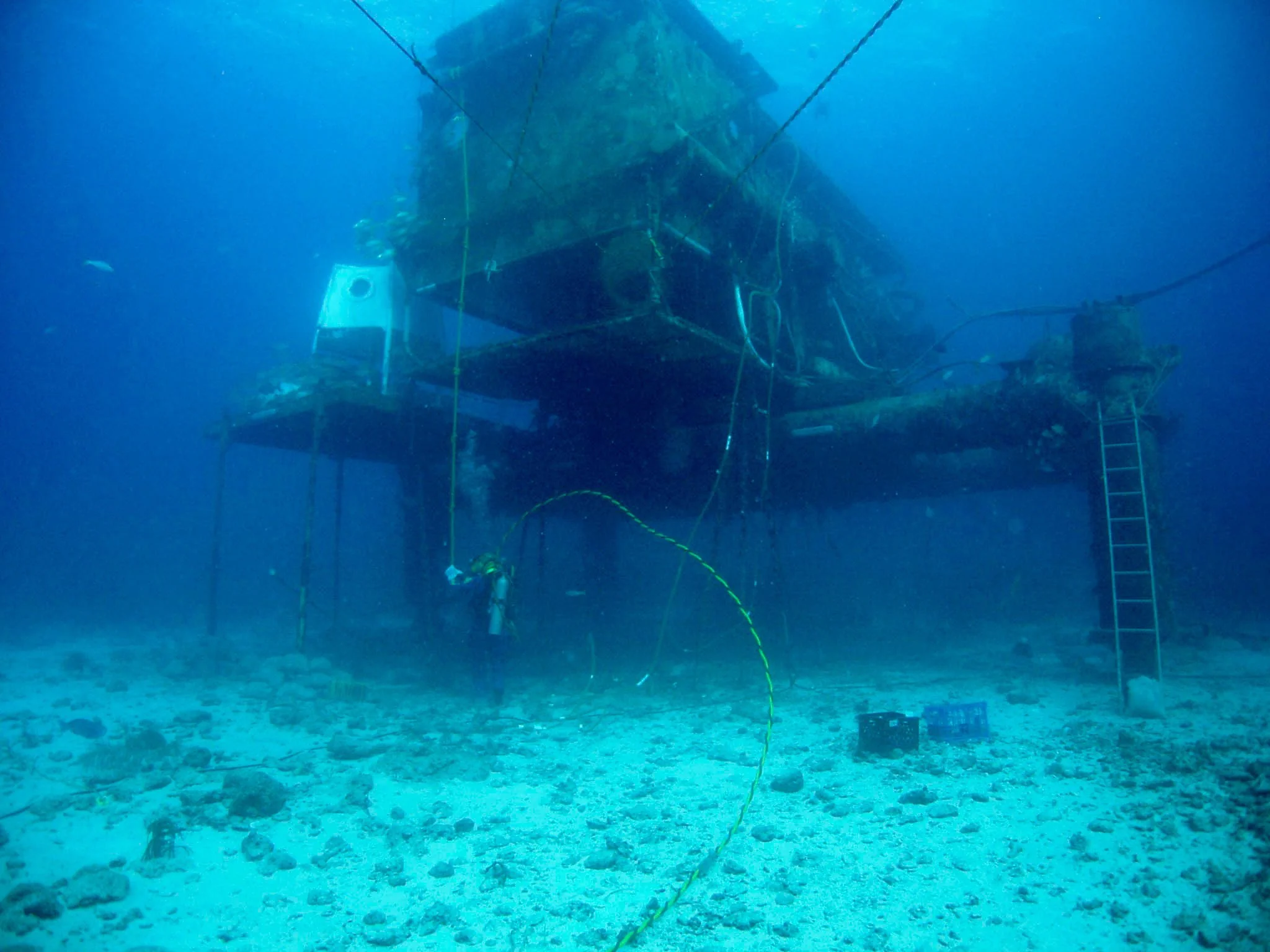
Image source: Reddit
These research habitats, designed for marine exploration, often feature durable materials to withstand the pressures of the deep sea. This means that the way they have been constructed unintentionally makes them an excellent place to escape during a nuclear blast.
13. Old observatory domes

Image source: Reddit
Its spherical shape disperses the shockwaves, reducing the risk of structural damage. These observatories, once dedicated to stargazing, might not be designed explicitly as fallout shelters, but their solid construction offers a level of protection. Positioned atop hills or in remote areas, they provide some distance from densely populated zones.
14. Floating Platforms on Remote Lakes
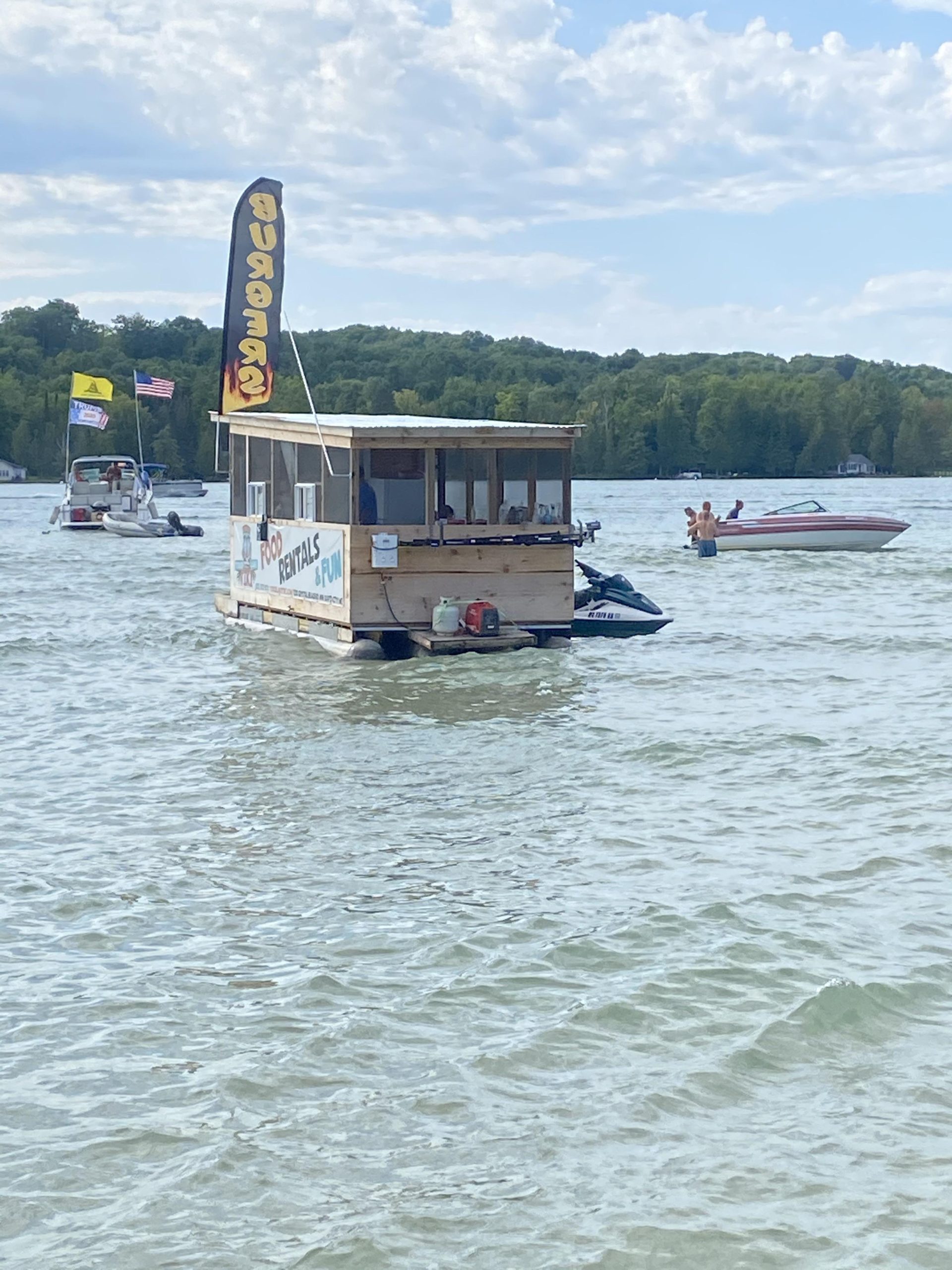
Image source: Reddit
Water is good for absorbing shockwaves if you are removed enough to avoid being covered by a wave that has formed from the blast. The vast expanse of the lake serves as a natural buffer against the initial impact of the blast, dispersing shockwaves and minimizing structural damage.
15. Remote astronomical observatories
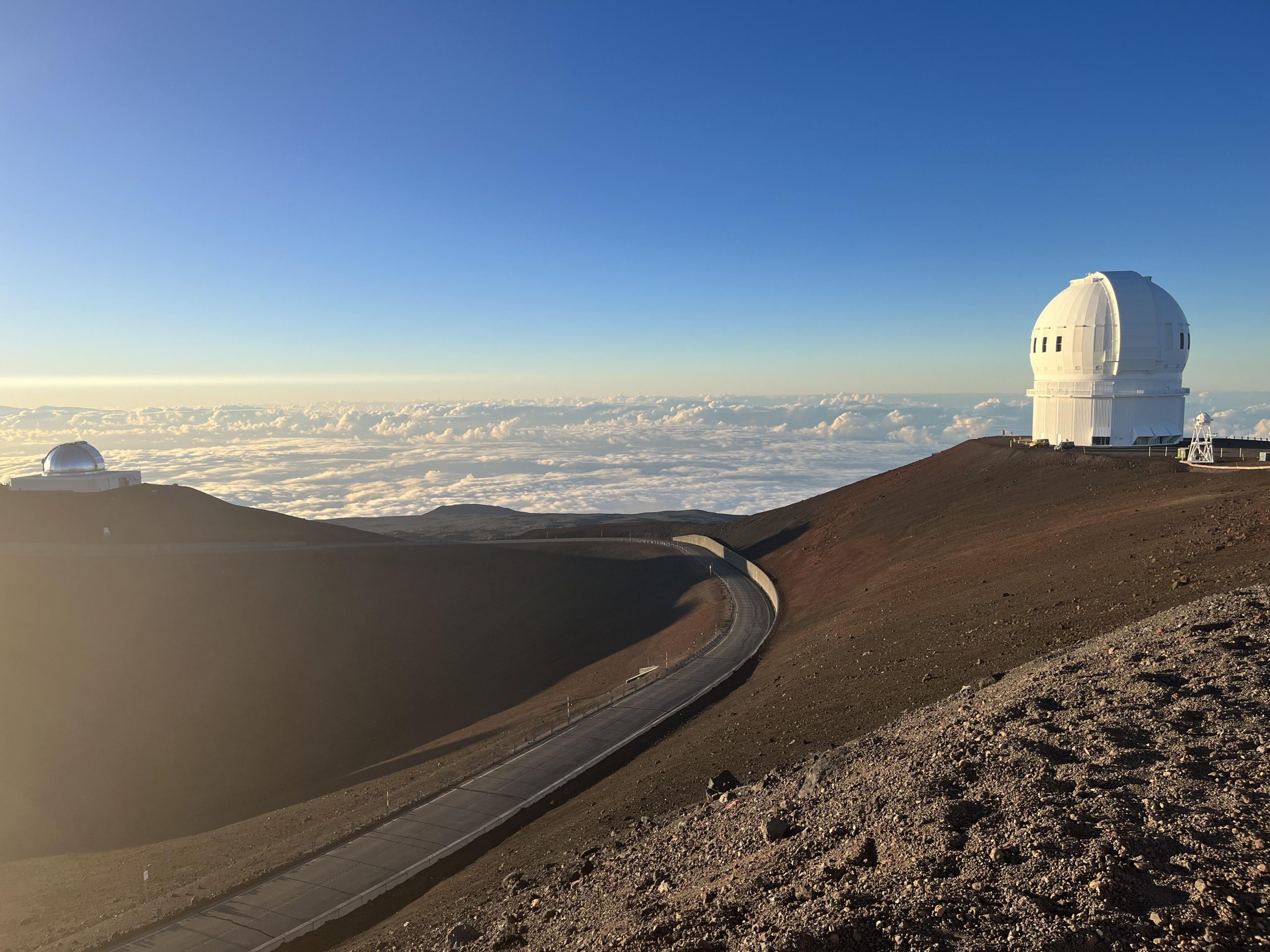
Image source: Reddit
If you know the whereabouts of a remote astronomical observatory, it could be your ticket to safety during a nuclear blast. These places, built for precision, often have sturdy structures that can shield you from the impact. Being in the middle of nowhere means you could be away from the hardest-hit places.
16. Remote mountain cabins
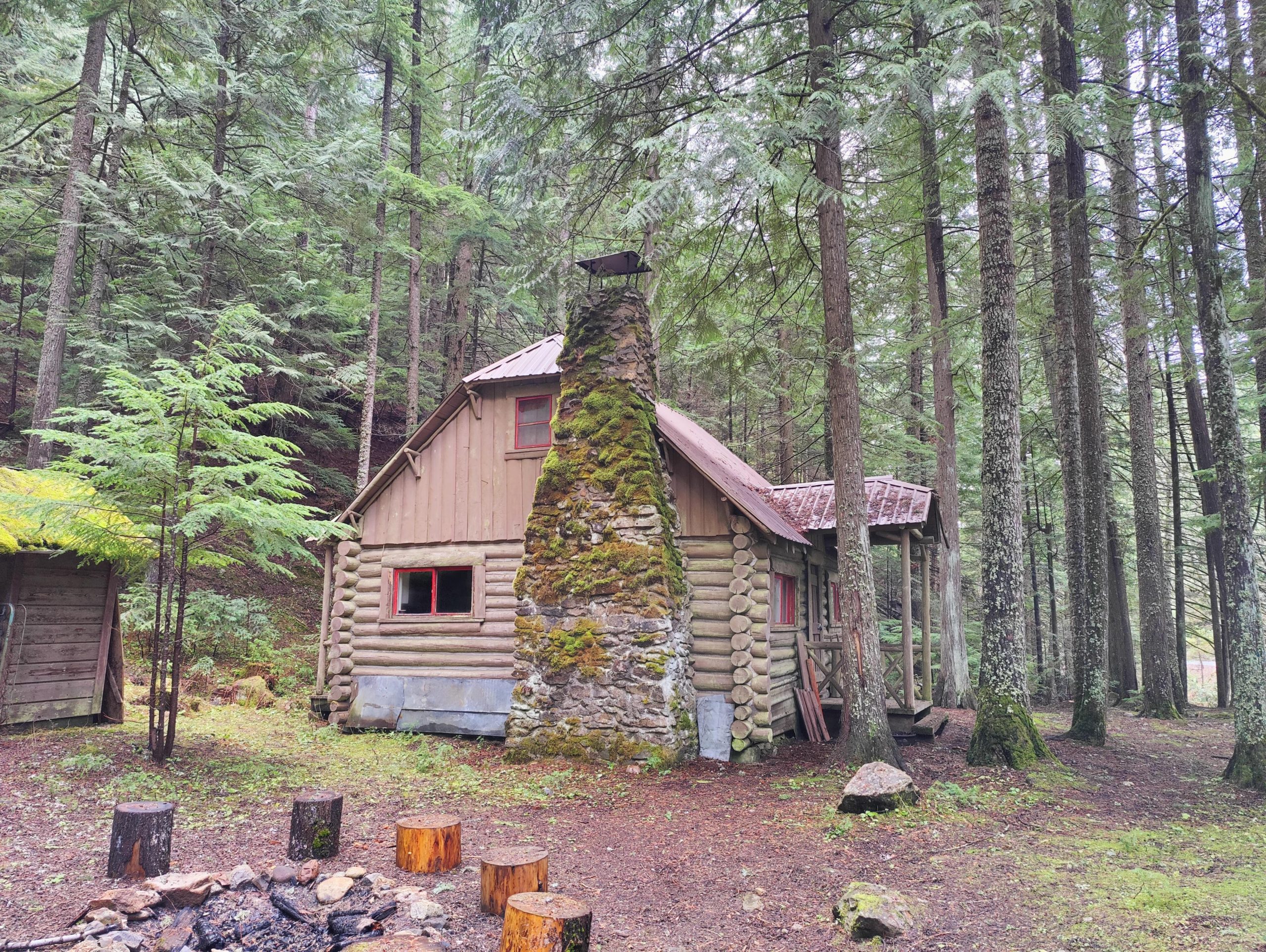
Image source: Reddit
When seeking an escape, getting away from busy areas and places where collateral damage is high, is a wise decision. So, escaping to the mountains could be a good idea. Finding a cabin to hide in and protect you could be a recommended escape plan. And, the mountains provide a buffer from the nuclear blast impact.
17. Hidden tunnels
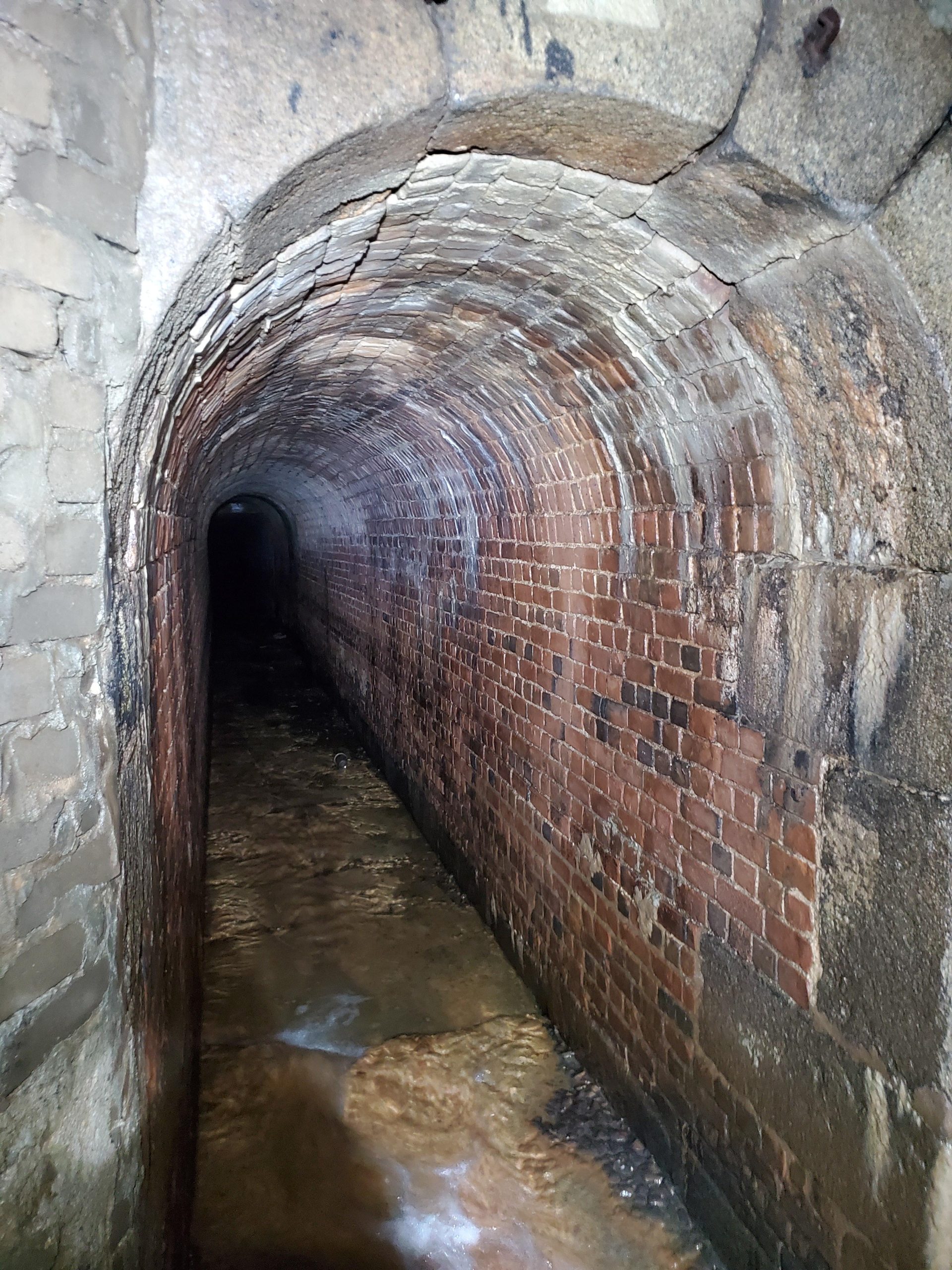
Image source: Reddit
Hidden tunnels, often created for strategic or secret uses, offer a perfect escape route. They provide a level of seclusion, reducing the risk of getting caught in a nuclear blast. The solid construction and concealed nature of these tunnels can act as a natural barrier, minimizing the risk of structural damage during a blast.
18. Large, sturdy culverts
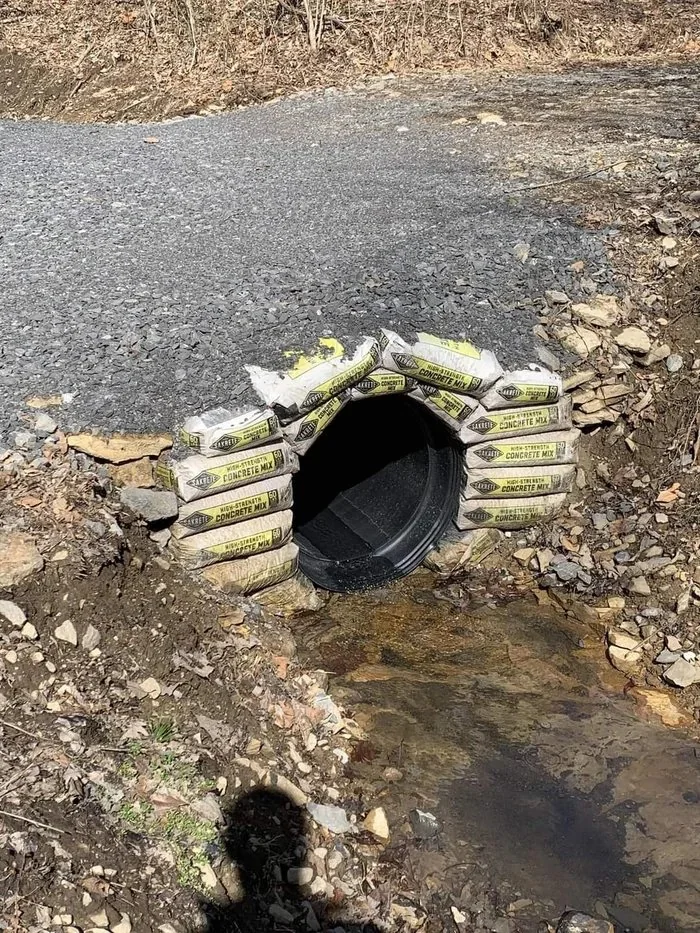
Image source: Reddit
Large, sturdy culverts, often constructed with durable materials, offer unique advantages. Their solid design can act as a natural barrier, protecting against the initial impact of a blast. The simplicity and strength of these structures make them good options for those seeking escape.
19. Old lighthouses

Image source: Reddit
Old lighthouses have to be built to withstand the ocean and its fierce forces. So, it's extremely sturdy with thick walls. Plus, it's out to sea, meaning you're away from busy areas and have the ocean to soak the impact of the blast - which makes this a viable escape plan route!
20. Abandoned factories

Image source: Reddit
Abandoned factories in certain areas are quite common, so for people living in urban areas, it could be a good escape plan. But be careful, because what has been left in the factories may be dangerous in an explosion, so ensure there are no flammable materials.
21. Get away from any windows, corridors, or doors

Image source: Reddit
Get away from windows as this is the most dangerous spot during a nuclear blast because the impact will be higher here. The risk of impact and shattered glass is higher. Swiftly move away from windows, corridors, or doors to a secure location that minimizes exposure to potential hazards.
22. Power plant control rooms
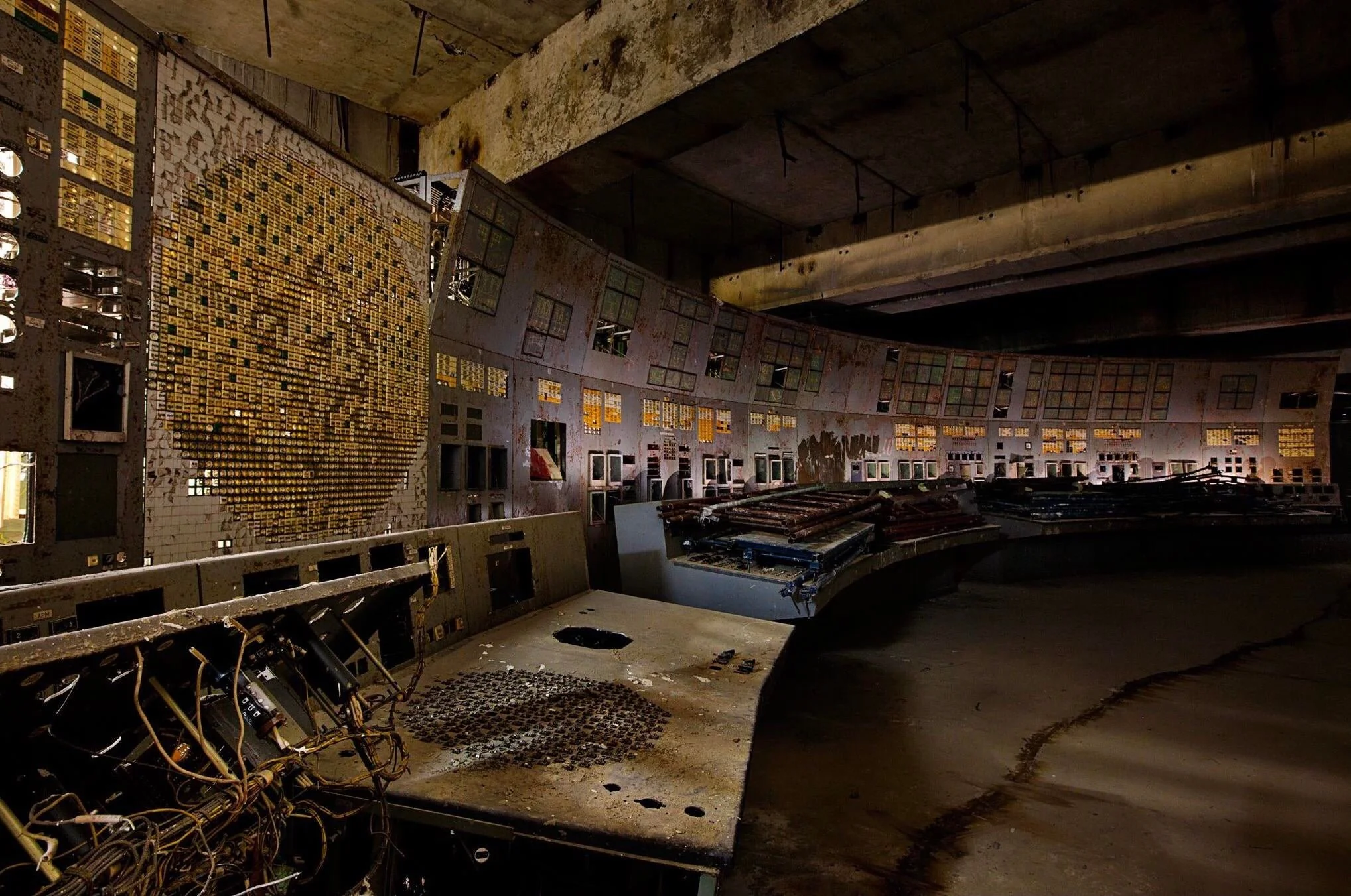
Image source: Reddit
These control rooms, built to tackle critical operations, could accidentally become your tough hideout in times of crisis. Stay informed, stay adaptable, and think about the surprising strength within the walls of power plant control rooms as a go-to shelter when dealing with nuclear uncertainties.
23. Remote Weather Stations

Image source: Reddit
Their distance from densely populated areas reduces the risk of immediate harm, and the sturdy construction designed to withstand harsh weather conditions provides a level of resilience. While not explicitly intended as fallout shelters, the simplicity and robustness of these stations make them intriguing options for seeking an escape.
24. Submarine bases

Image source: Reddit
Choosing a submarine base as a refuge ensures a level of security and isolation from the immediate blast zone. Submarine bases, designed for the stealth and protection of submarines, have sturdy construction and are typically fortified to withstand various pressures which could be useful in surviving the blast.
25. Old missile silos

Image source: Reddit
Think about old missile silos as potential hideouts during a nuclear blast. These structures, built tough with strong materials, often sit deep in the ground. The advantage? It gives them a natural shield against blast impact. The thick walls that used to house missiles can now work to protect you from shock waves and radiation.
26. Decommissioned prisons
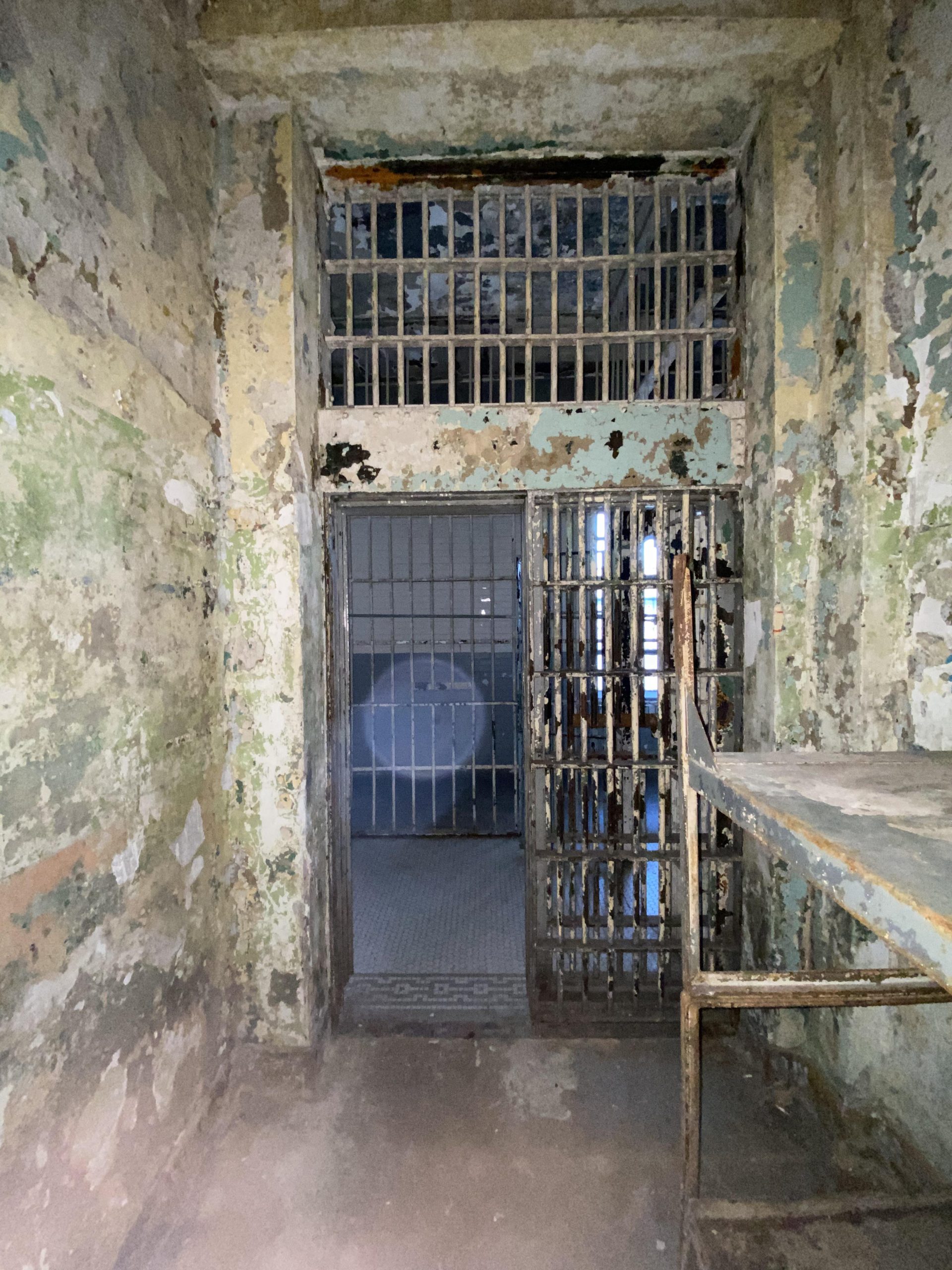
Image source: Reddit
Think about decommissioned prisons as potential shelters in case of a nuclear blast. Picture the sturdy buildings, built to keep people in, now being used to keep the forces of the nuclear blast out! Prisons are reinforced, meaning they are stronger than conventional buildings.
27. Old Cold War-era fallout shelters
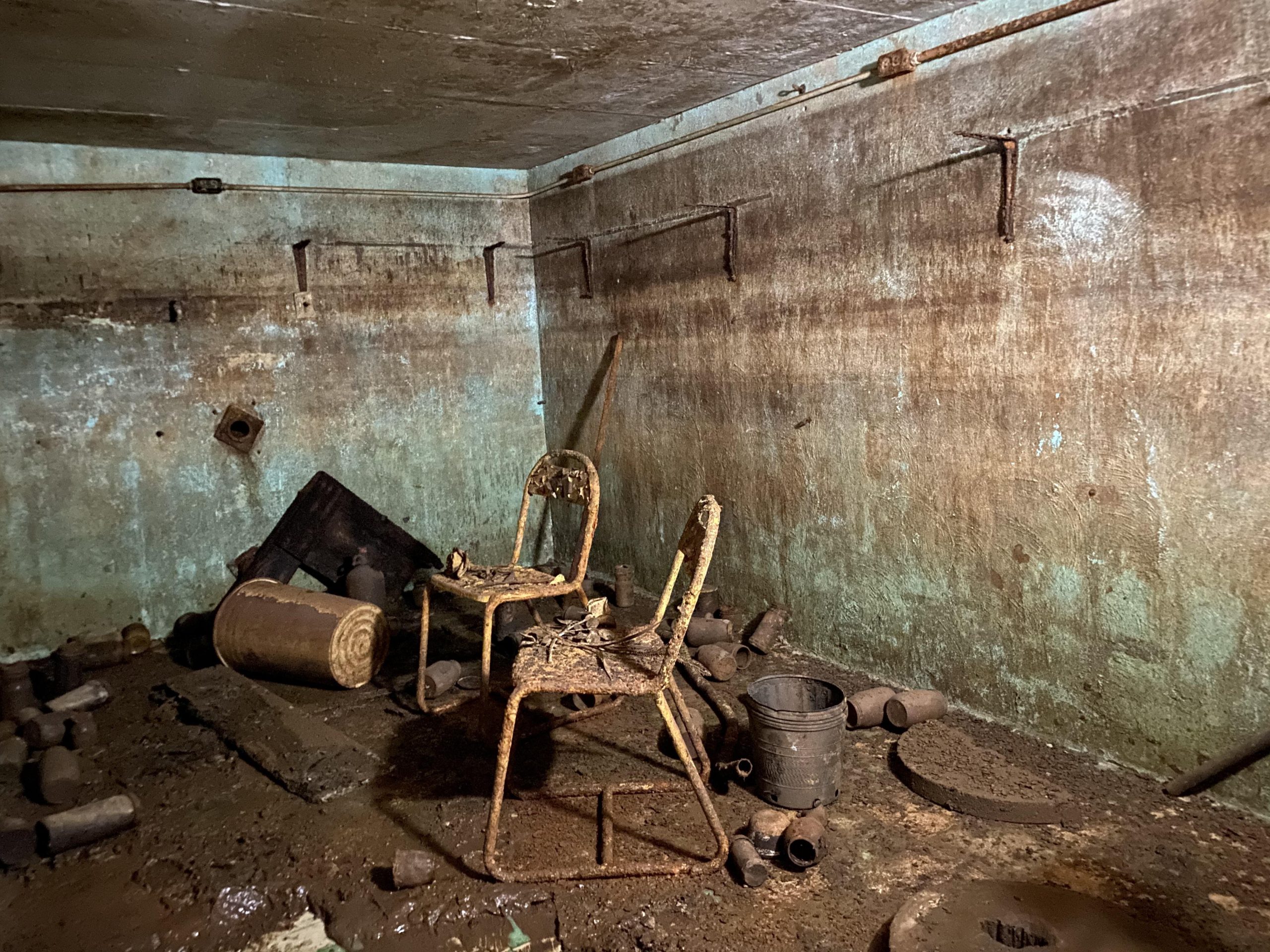
Image source: Reddit
Constructed with a purpose – to endure the chaos of a nuclear event – these shelters are more than mere relics; they are resilient havens frozen in time. While technology may have marched forward, the allure of these Cold War-era shelters has stood the test of time, and may offer an appealing escape!
28. Offshore oil rigs
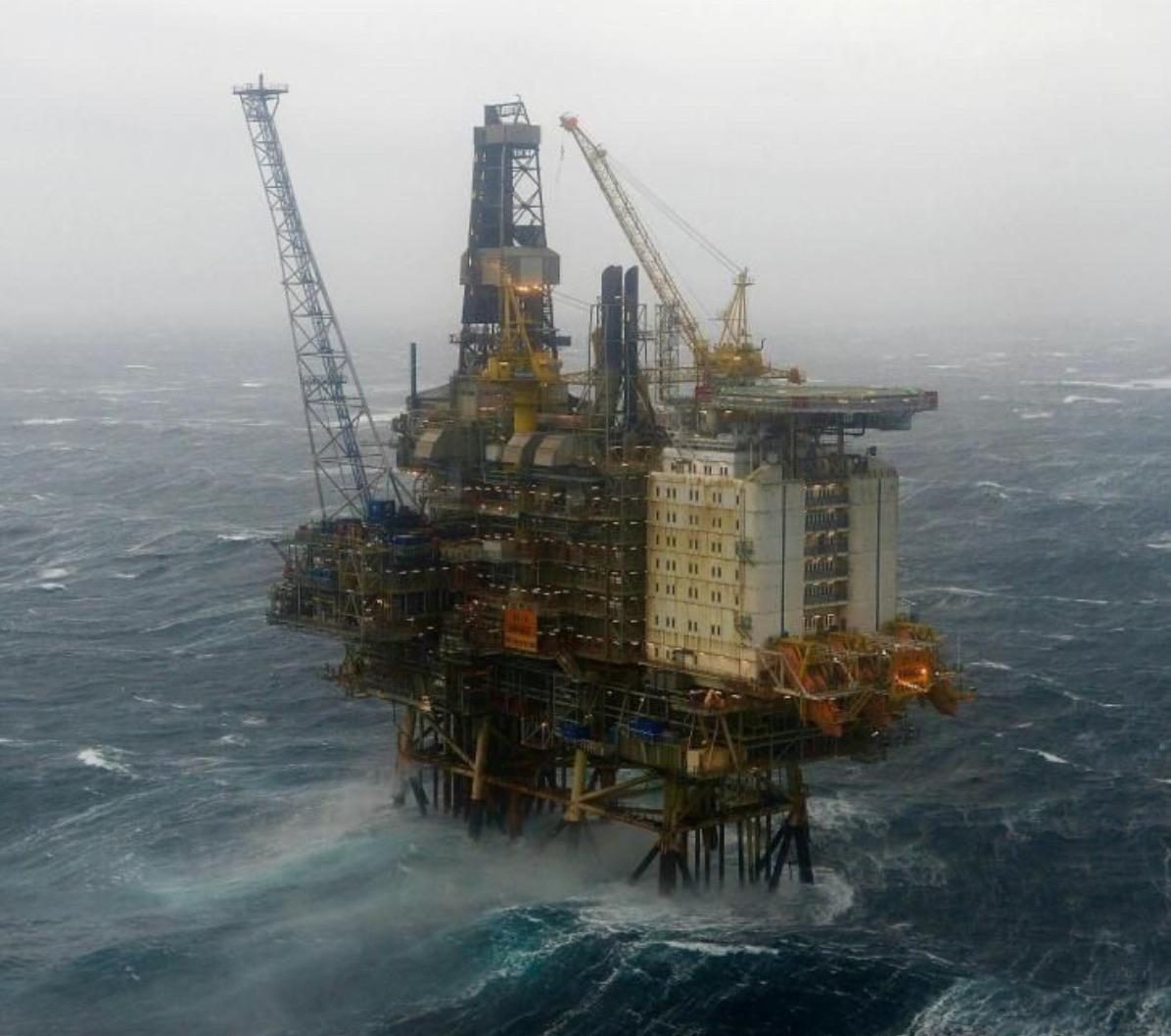
Image source: Reddit
Offshore oil rigs, anchored in deep waters, offer several advantages. Their remote locations reduce the risk of immediate harm, and the expansive sea acts as a natural buffer, dispersing shockwaves from a blast. The robust construction of these rigs, crafted to withstand the harsh marine environment, adds an element of resilience!
29. Some old churches have underground crypt basements

Image source: Reddit
Crypts underneath churches are usually made from stone, and they have survived various events that have put a strain on the structure. So, if you are escaping from a nuclear blast, heading to a crypt may be effective in protecting you from the destruction above ground!
30. Underground parking garages
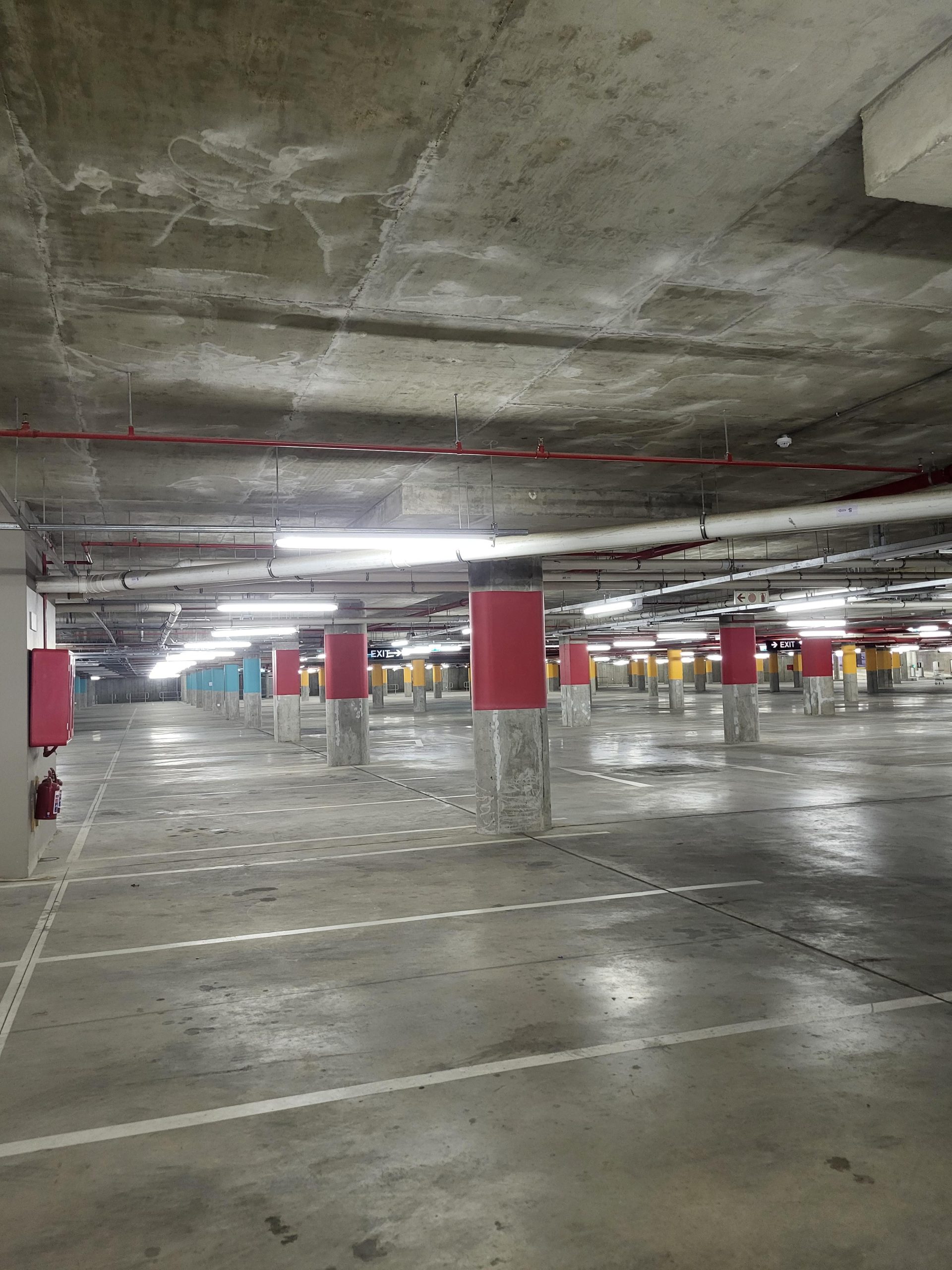
Image source: Reddit
Underground parking could be one of the most likely options for people who need to escape from a nuclear blast because everybody lives fairly near an underground parking lot. Their solid construction, typically using reinforced concrete, can act as a shield.
31. Remote islands
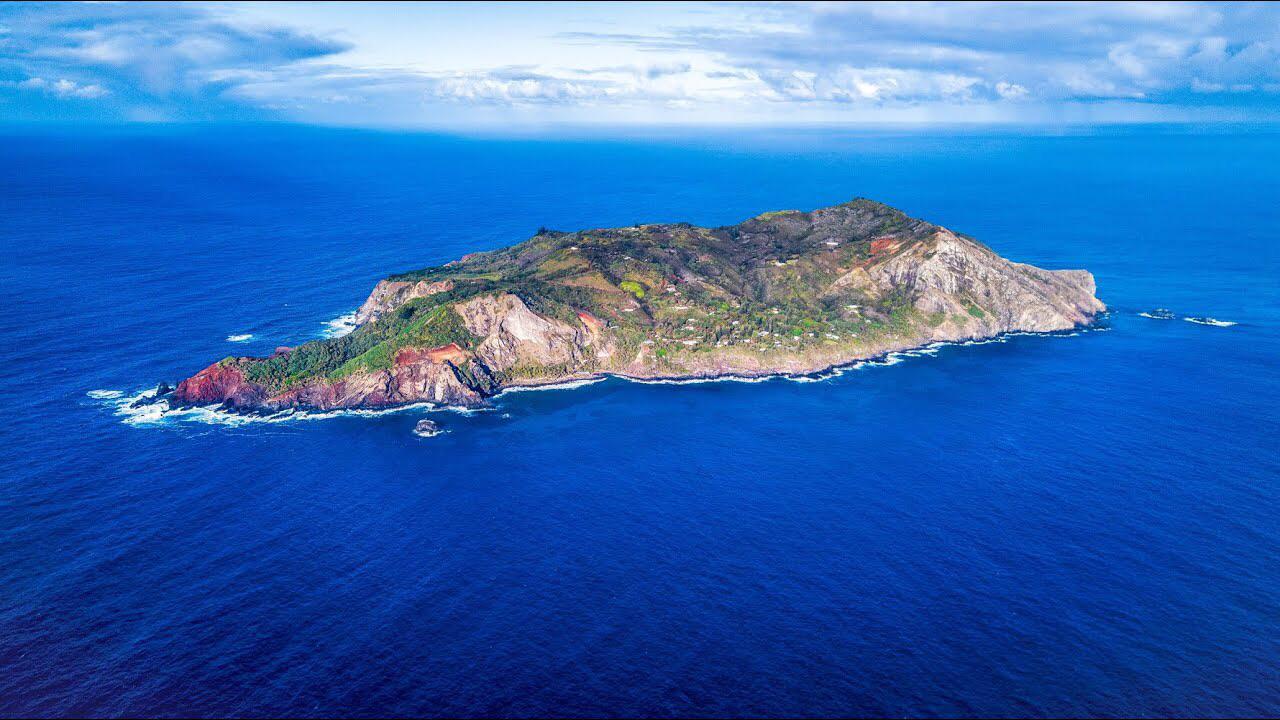
Image source: Reddit
Distance is your ally. If you're far away from the epicenter of the blast, you stand a better chance. Seek out low-lying and remote areas, as they reduce the likelihood of direct exposure to the blast and subsequent fallout. Just make sure you have a plan to stay informed about the situation even in these remote locations.
32. Deep valleys

Image source: Reddit
The natural walls of a valley do act as a barrier against a nuclear blast, and so it may take away the impact to help protect you. On the other hand, you have to be careful that you don't get trapped within the valley and keep in mind that the lack of walls won't shelter you from radiation.
33. Historical castles with underground chambers
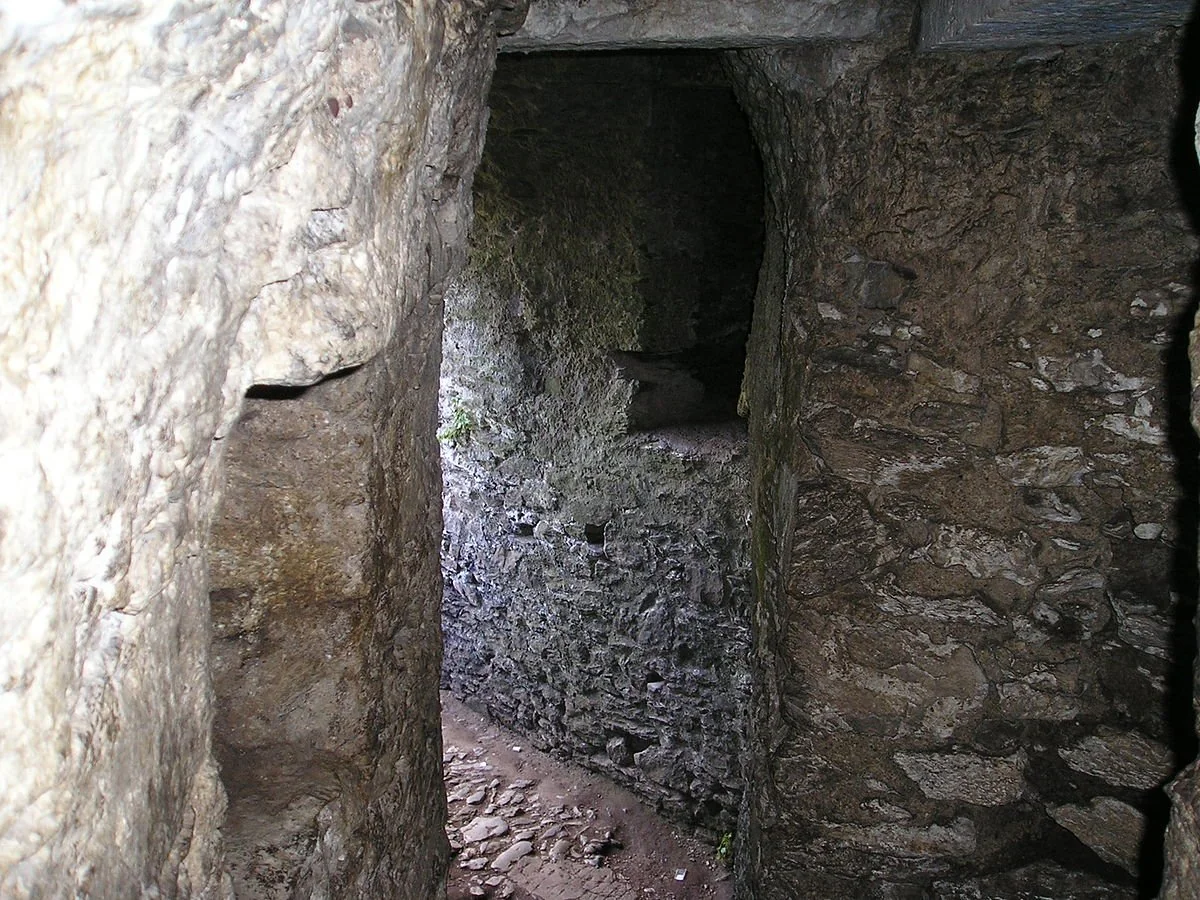
Image source: Reddit
Historical castles and underground castles are some of the oldest remaining buildings today, and this is precisely because of the fact that they are strong and durable. Which, may give you more protection than staying in a normal house which is much more fragile.
34. Ancient ruins
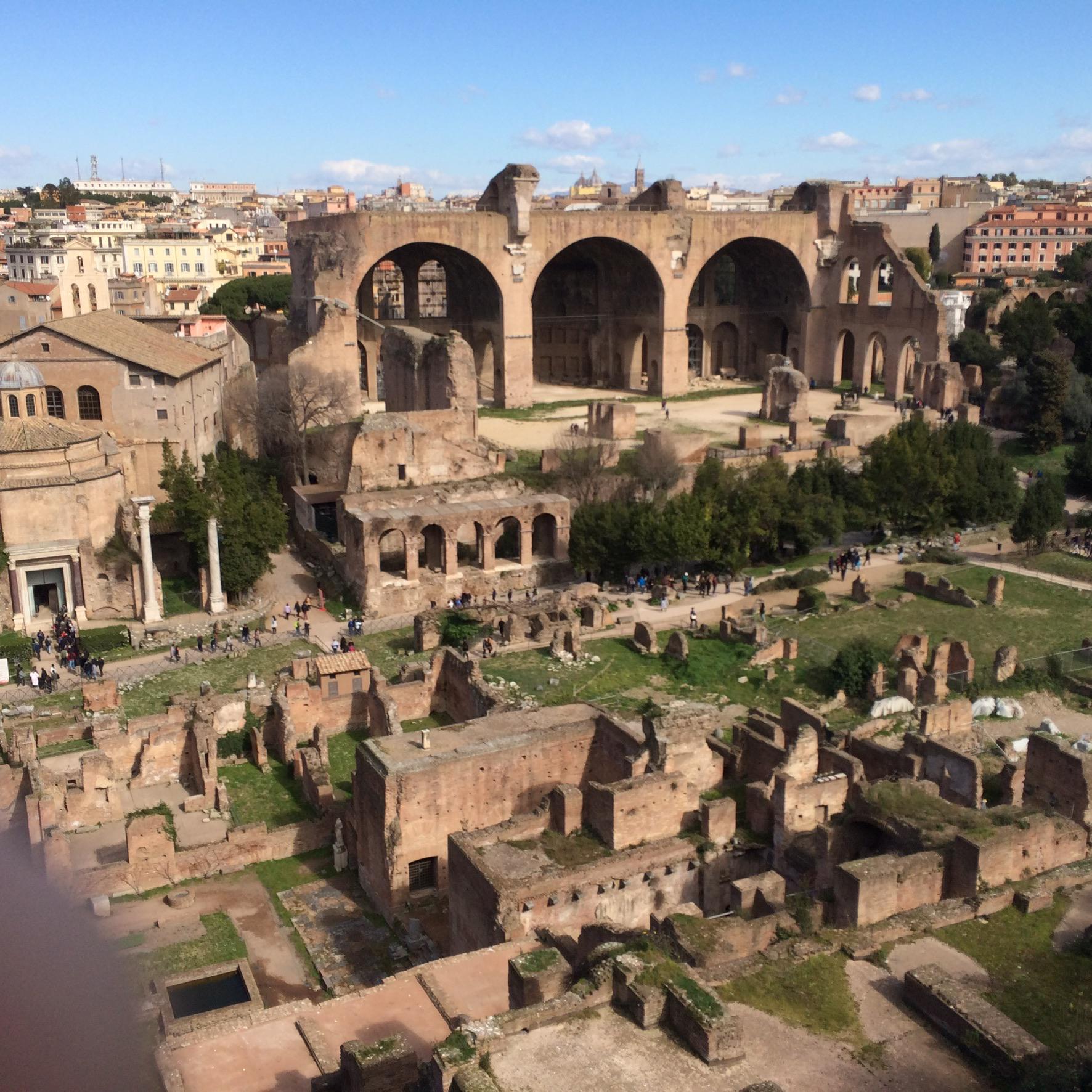
Image source: Reddit
Ancient ruins, with their thick walls and durable materials, could act as makeshift shelters. Seek out areas within these ruins that offer a natural barrier, minimizing the risk of structural damage. While not without challenges, such as the lack of amenities and potential lack of shelter, it may be more withstanding than other options!
35. If there's a wine cellar, use it

Image source: Reddit
In the event of a potential nuclear blast, if you find yourself in a location equipped with a wine cellar, consider utilizing it as a shelter. Wine cellars are typically constructed with sturdy materials and are often located below ground, meaning that the ground could act as a natural barrier helping to keep you safe.
36. Remote farmstead basements

Image source: Reddit
If you're living out in the country, your best port of call during a nuclear blast may be to escape to a remote farmstead basement. These underground spaces, usually meant for storage, can serve as straightforward and solid escape plans. You're away from ground level which will receive the biggest impact.
37. Historical forts

Image source: Reddit
Historical forts have been around for a very long time, which is a credit to how strong they are and how they have managed to last against many battles or natural events. If you can get to a historical fort, try to pinpoint a secure spot within the fort, whether it's an underground chamber or a reinforced structure.
38. If you have a basement, use it

Image source: Reddit
When it comes to nuclear blasts, going underground is your best bet. Seek refuge in basements, preferably below sturdy structures. The ground above provides a significant barrier that helps absorb and deflect the initial impact of the blast, meaning it can take some of the impact away from you.
39. If you're in a city - go deep down into the subway system

Image source: Reddit
Most people in an urban setting will live near a subway system, and so it could be the most likely and easy place to escape to during a nuclear blast. The underground tunnels and stations provide a level of protection against the immediate impact of the explosion and potential fallout. Head deep into the subway system, away from the entrances and outer platforms!
40. Old tunnels from the prohibition era

Image source: Reddit
If you're out in the open and can't find immediate shelter, try to seek out a tunnel system. These natural or man-made structures offer some protection against the initial impact of a blast. The curved shape helps disperse the force, providing a better chance of survival. Remember to move as far inside as possible to maximize your shielding.
41. Dam control rooms
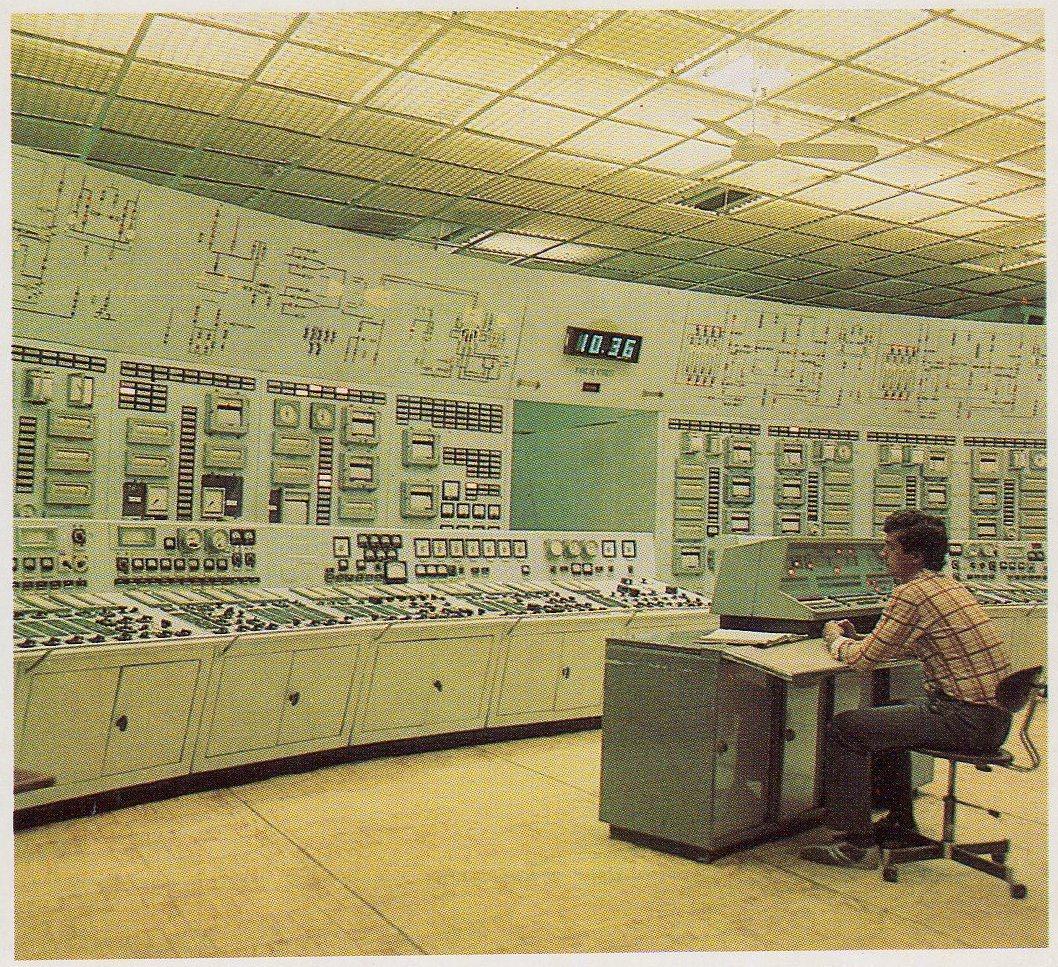
Image source: Reddit
Control rooms are heavily protected due to the crucial nature of what lies inside! They are very secure rooms, and so if there's one no longer in use this would be a great place to escape to during a nuclear blast. Being highly secure environments, they offer an optimal choice for shelter during a nuclear blast.
42. Isolated Island Fortresses
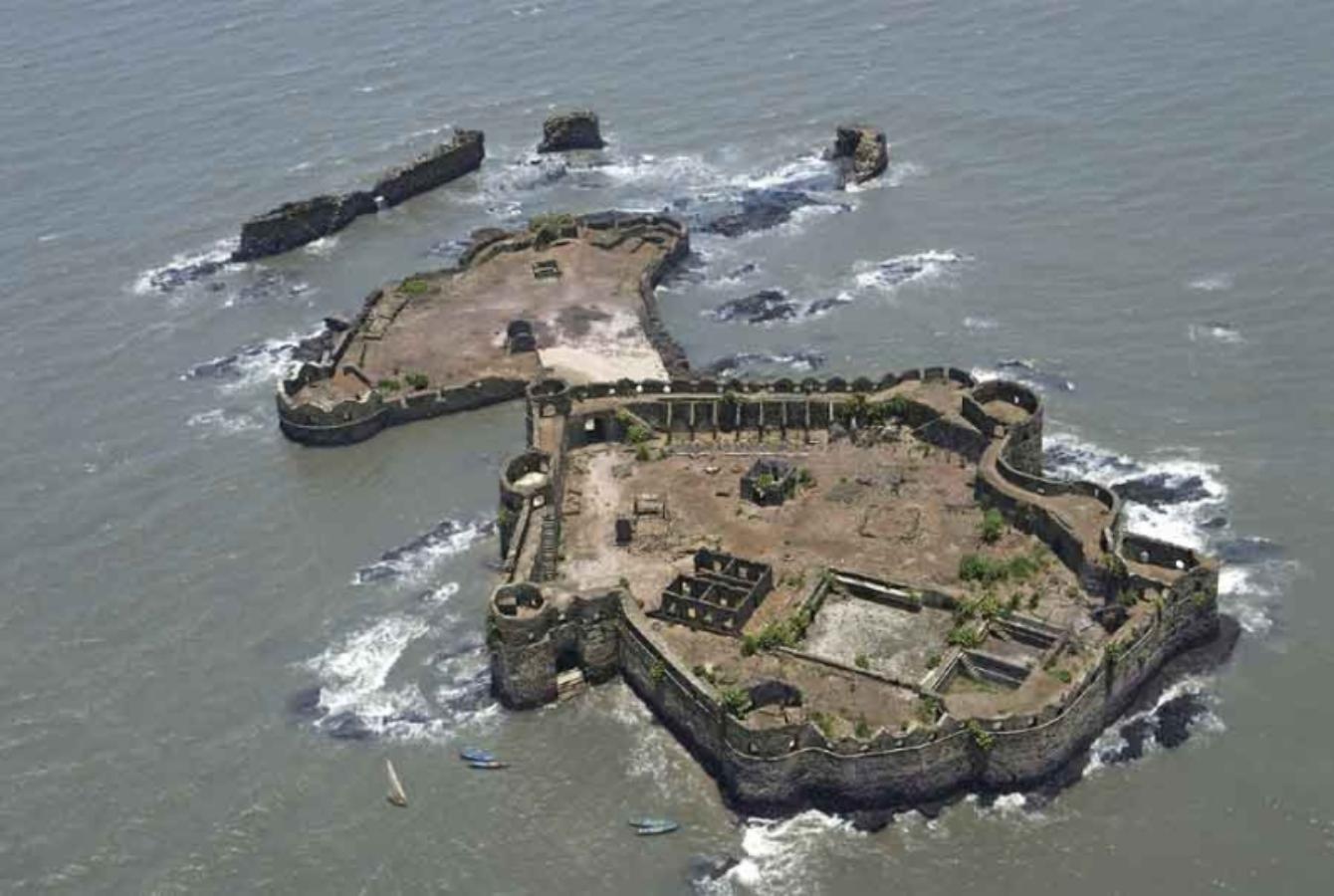
Image source: Reddit
If you happen to be aware of isolated island fortresses, they could serve as your stronghold during a nuclear blast. These fortresses, strategically positioned on remote islands, offer a combination of historically fortified structures as well as natural seclusion in which the ocean could absorb some of the impact.
43. Deep Desert Arroyos

Image source: Reddit
Deep desert arroyos are naturally occurring channels that have been carved out by desert waters! Identify a secure area within the arroyo, possibly a lower trench or an area shielded by rocks. Deep desert arroyos, with their unique geological features and remote settings, present a blend of natural cover and protection!
44. Secure missile defense command centers

Image source: Reddit
If you know the location of secure missile defense command centers, they could serve as your stronghold during a nuclear blast. These centers, purposefully designed for strategic defense, offer robust structures and advanced security measures that would be super useful in protecting you from the effects of a nuclear blast!
45. Remote mountain fire lookouts
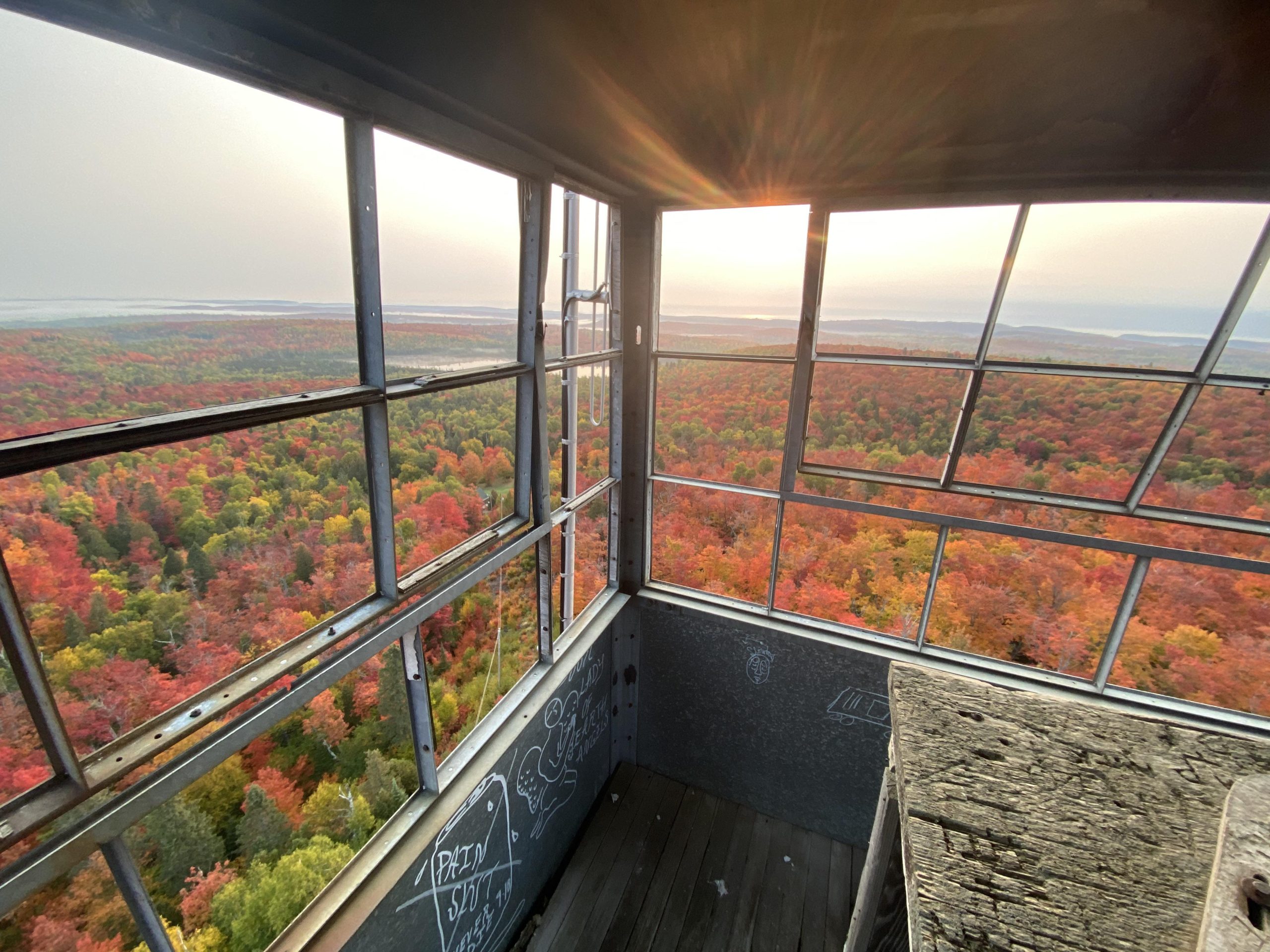
Image source: Reddit
If you're aware of remote mountain fire lookouts, they could become your haven during a nuclear blast. These elevated structures, designed for panoramic views, offer a unique vantage point and potential shelter. Act swiftly – identify a secure area within the lookout, perhaps a lower-level storage space or a reinforced observation room, to maximize your safety.
46. Old salt mines

Image source: Reddit
If you're aware of the location of old salt mines, they might just be your best bet for safety during a nuclear blast. These mines, with their stable structures and natural seclusion, offer effective shelter options. The density of salt can act as a protective barrier against fallout, and the expansive underground spaces help minimize the blast's impact.
47. Aircraft hangars
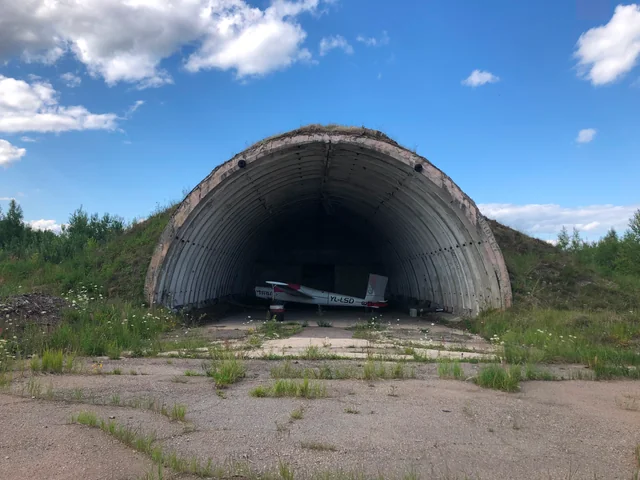
Image source: Reddit
The colossal doors of these structures have been designed to withstand the most extreme conditions, providing shelter against the tumultuous forces of a nuclear event. This is one of the best places you could possibly escape to in the vent of a nuclear blast!
48. Concrete Garage

Image source: Reddit
This could be one of the easiest places to escape to, as you or someone close to you may own a garage. With no windows to worry about, the danger of shattered glass disappears, and the concrete walls could offer you protection from the initial blast!
49. Abandoned Gold Mines
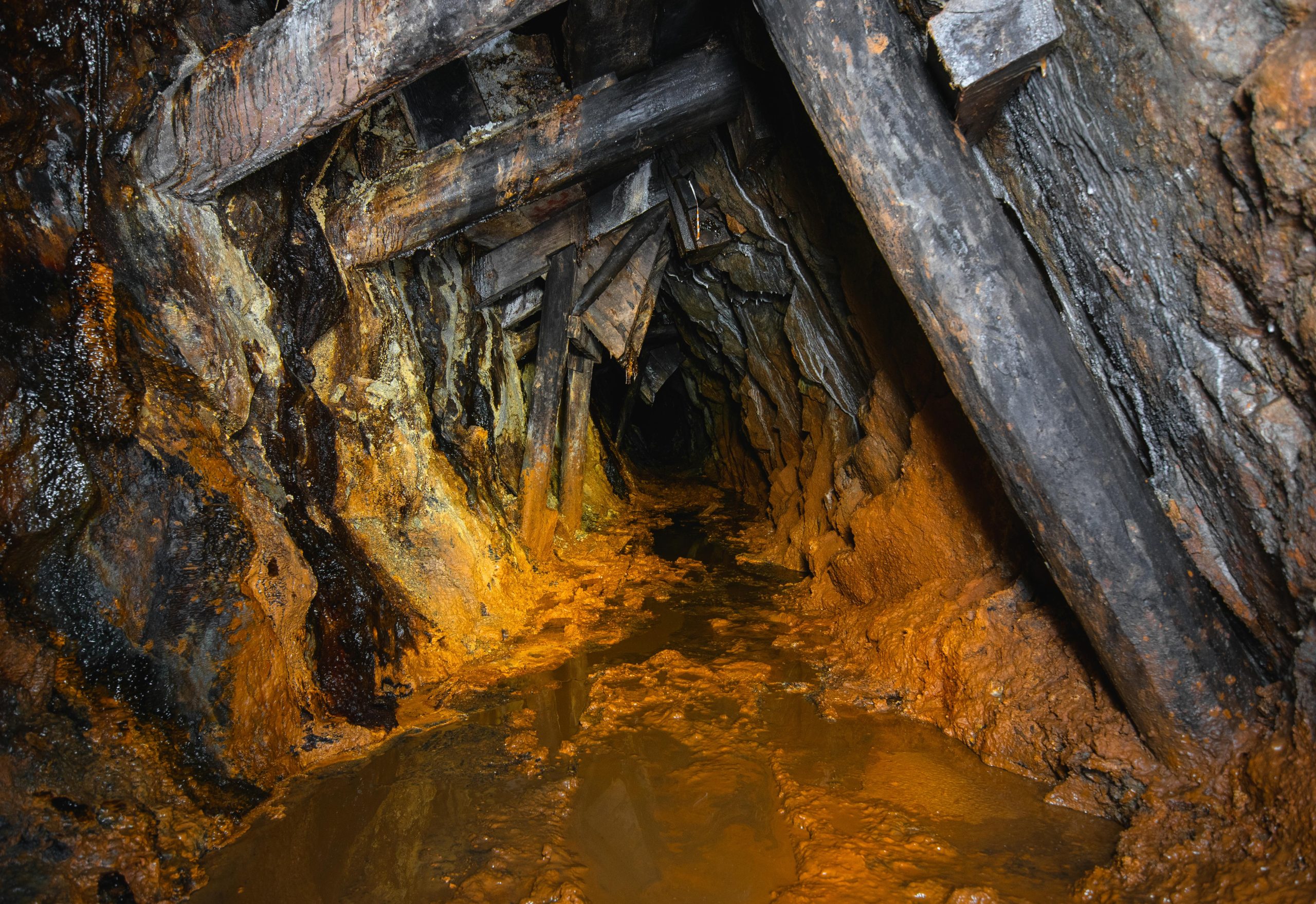
Image source: Reddit
Try an escape to abandoned gold mines which will offer unintentional shelter in the face of a nuclear blast. These mines, once carved into the earth for gold extraction, now offer an unconventional sanctuary. The sturdy rock formations act as a natural barrier, reducing the risk of structural damage.
50. Subterranean tunnels or subway systems
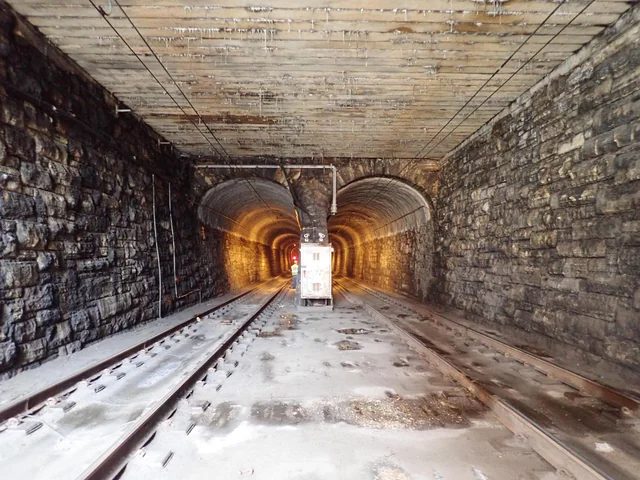
Image source: Reddit
The absence of windows in underground tunnels eliminates the risk of shattered glass, and being underground reduces the immediate harm you might face. These everyday commuter spaces could unexpectedly become your escape route in the possibility of a nuclear blast!
 Image source: Reddit
Image source: Reddit















































